July 2, 2024 by Heather
The Importance of Books in Bladesmithing
Unlock the Power of Books: A Treasure Trove of Knowledge and Inspiration
“A book, too, can be a star, ‘explosive material, capable of stirring up fresh life endlessly,’ a living fire to lighten the darkness, leading out into the expanding universe.” – A Wrinkle in Time by Madeleine L’Engle (1962)
Before the advent of books, crafts like blacksmithing and bladesmithing were handed down through generations by word of mouth and demonstration. Today, we believe that the greatest investment in oneself is in buying and reading books. Our house is brimming with books, boasting an extensive library of over 280 knife-related books and more than 70 knife-related DVDs. Our knives have been featured in more than 25 of these publications.
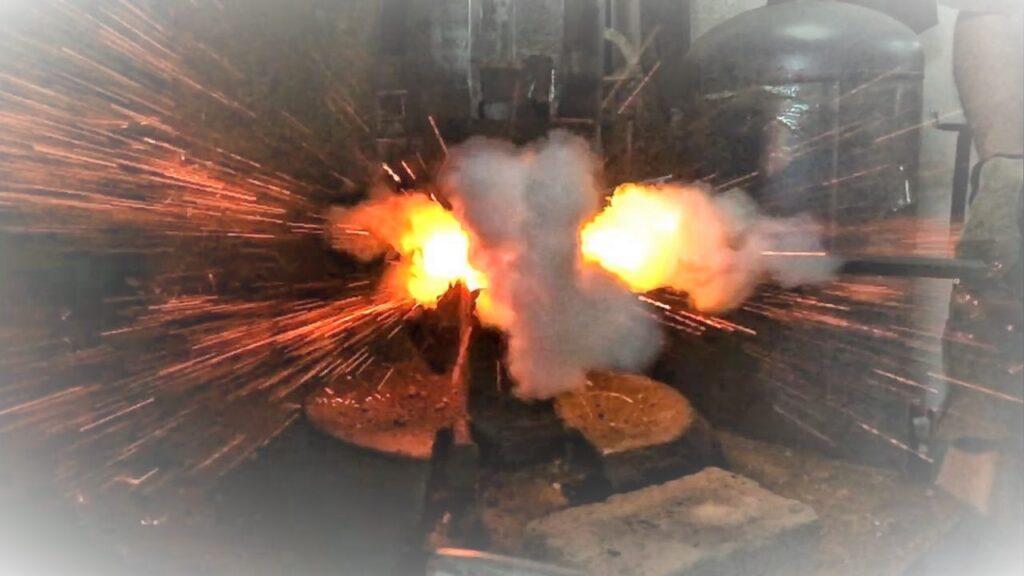
As an Amazon Associate I earn from qualifying purchases.
List of Knife-Related Suppliers in South Africa.
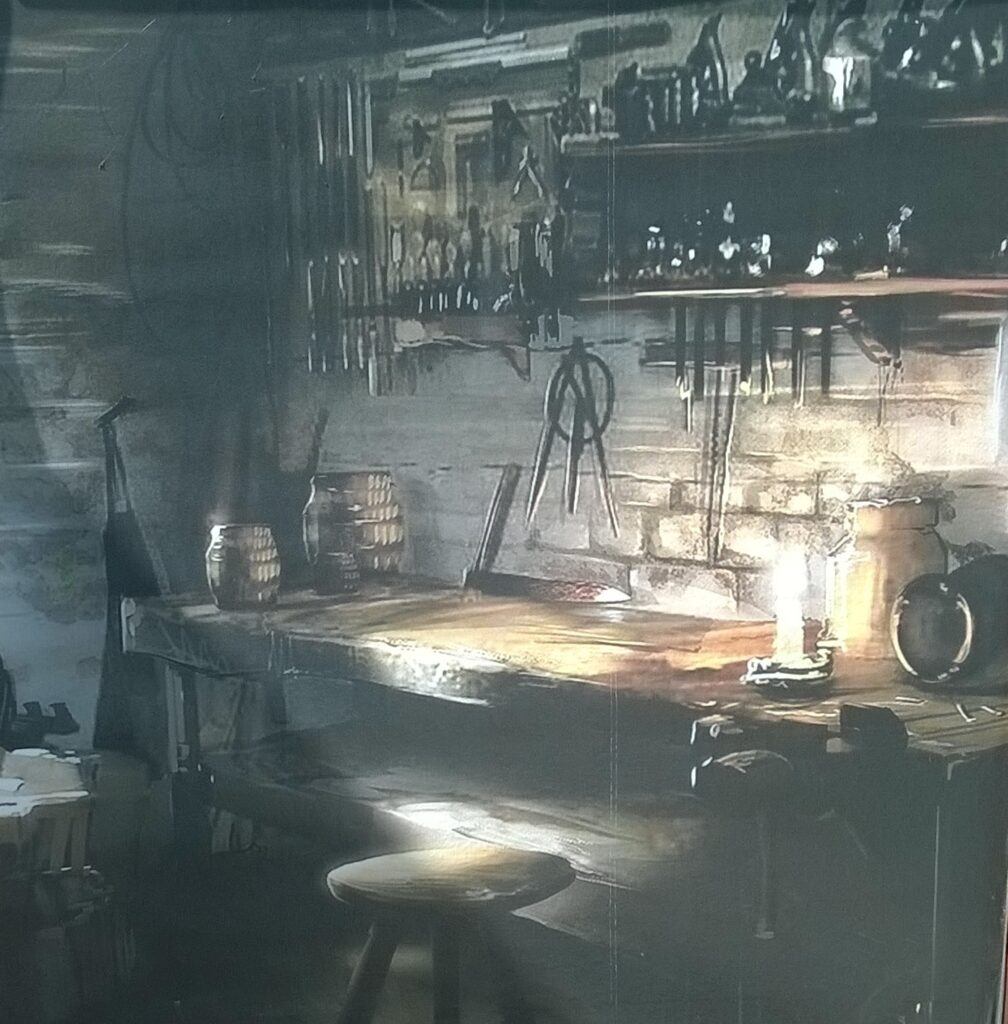
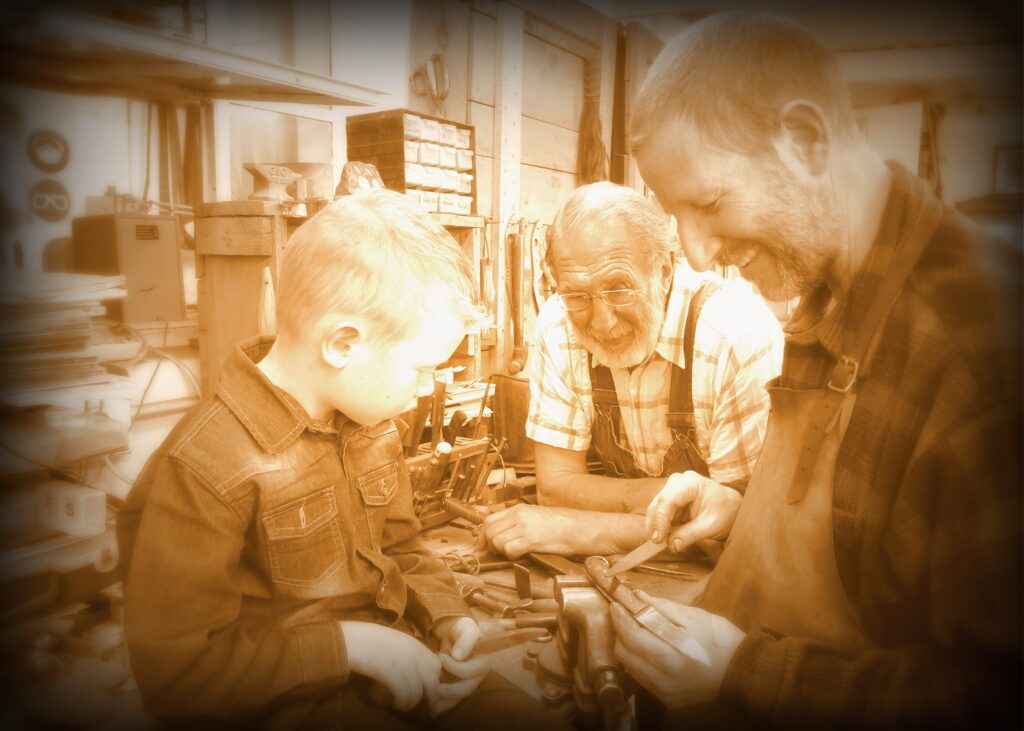
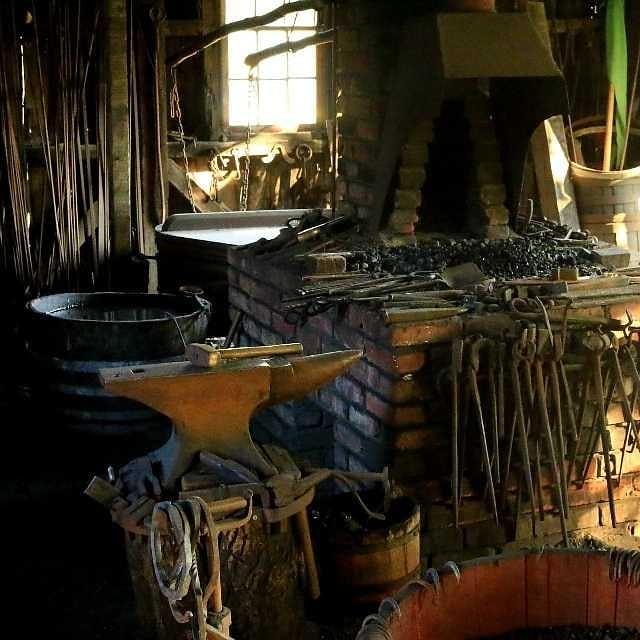
We are passionate about continually learning and expanding our knowledge. Bedtime reading often involves heavy topics such as heat treatment or Damascus steel. Knowing how to refer back to sections in a book is crucial since there are no secrets in knifemaking—it’s all been done and shared. As new bladesmiths, it’s vital to share your knowledge freely with those interested.
While YouTube and social media can be helpful, they present challenges, especially in the workshop during a project. Books provide reliable and easily accessible references, ensuring you learn correctly from qualified experts. Be aware though that books are not fire-proof! We highly recommend joining the American Bladesmith Society and watching videos from their forum for credible information.
We suggest exploring books on knifemaking, bladesmithing, blacksmithing, tool making, leatherworking, jewelry, and all related crafts. Even if you learn only one thing from a book, it enriches your overall knowledge of this broad subject. Keep an eye out in charity shops and antique bookstores; old methods remain invaluable.
Learning hands-on crafts from books and videos is challenging but not impossible. Attending classes and learning from qualified instructors can significantly shorten your learning curve. Finding a mentor is one of the most important steps you can take to speed up your learning. A mentor with a wealth of books and the willingness to lend them to you is a treasure.
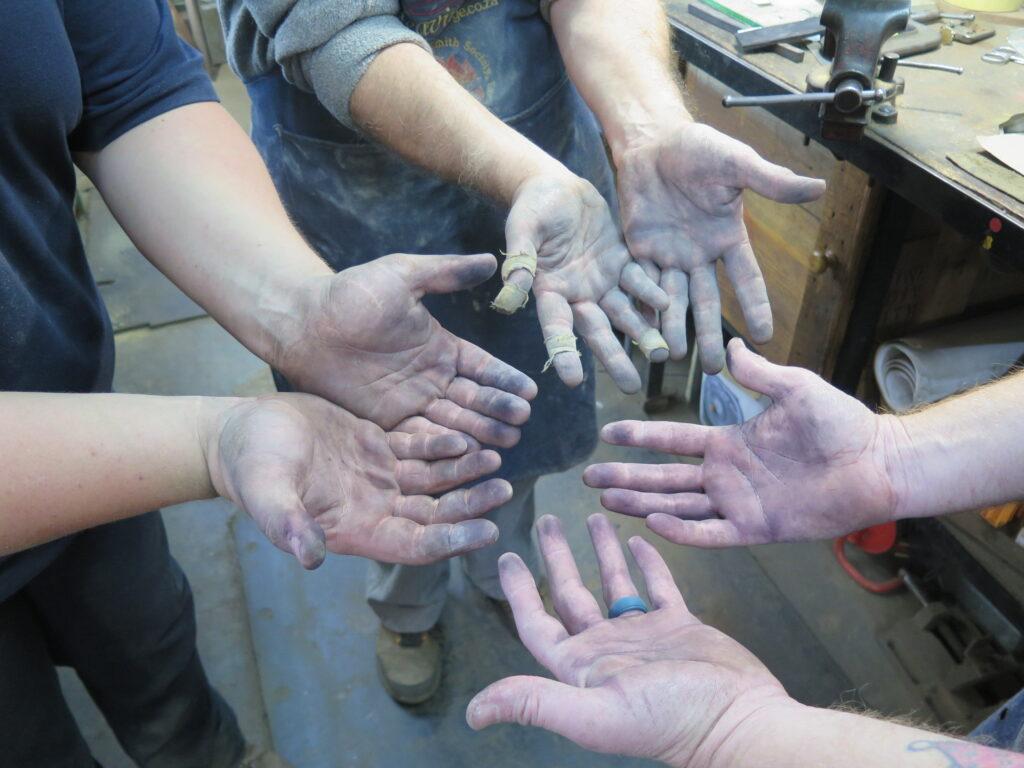
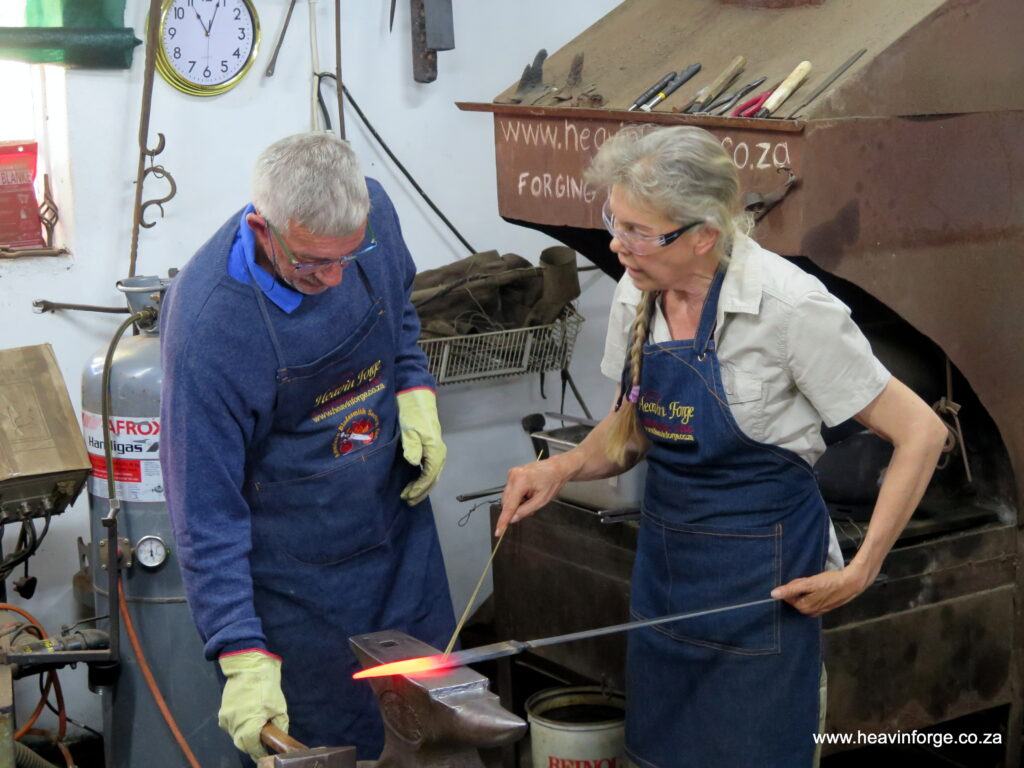
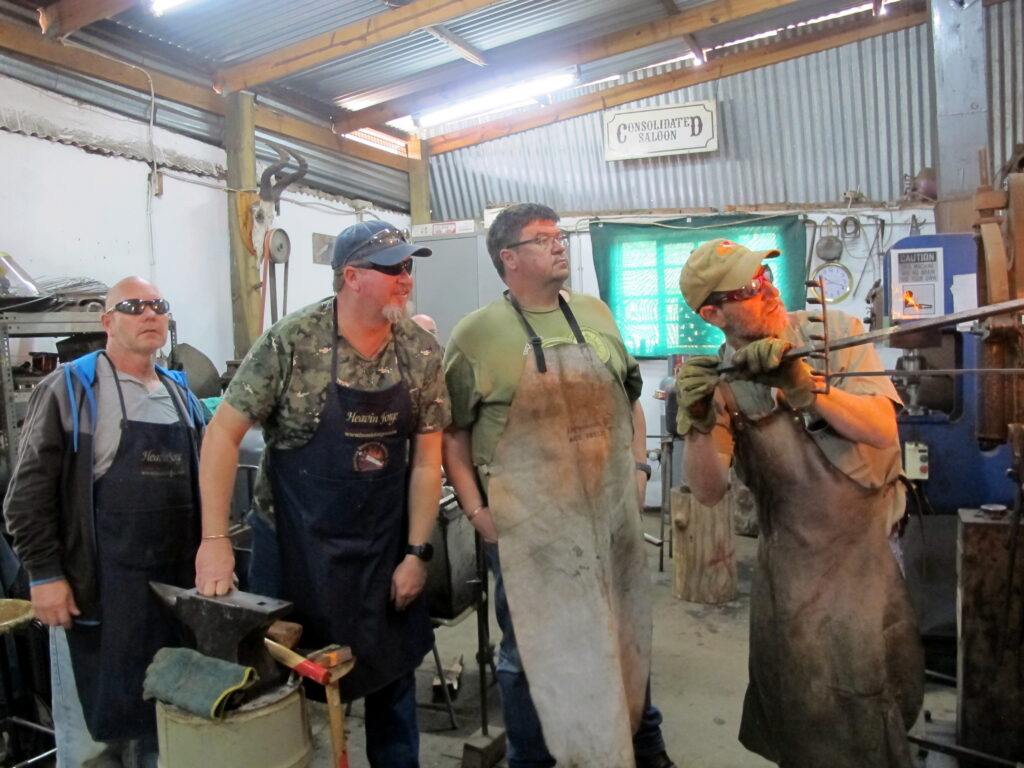
“How to Make a Narrow Tang Knife” by Kevin and Heather Harvey M.S. https://amzn.to/461jdbm
Having taught over 2,500 bladesmithing students, we understand where learners struggle. That’s why Kevin and I wrote the book, “How to Make a Narrow Tang Knife,” the first in the “Heavin Knows” series on knifemaking. This book guides you through every step of creating a narrow tang knife, from selecting the correct steel to understanding the intricacies of heat treatment. With 270 pages and 880 clear color photos, detailed descriptions make it easy to follow the process.
Our book covers four different knife manufacturing methods, including a section on making a knife without many power tools. Whether you’re a novice or a seasoned knifemaker, you’ll find valuable tips and hints shared by two Master Bladesmiths. The foreword by Daniel O’Malley, president of BladeGallery.com, sets the stage for a comprehensive guide to knifemaking.
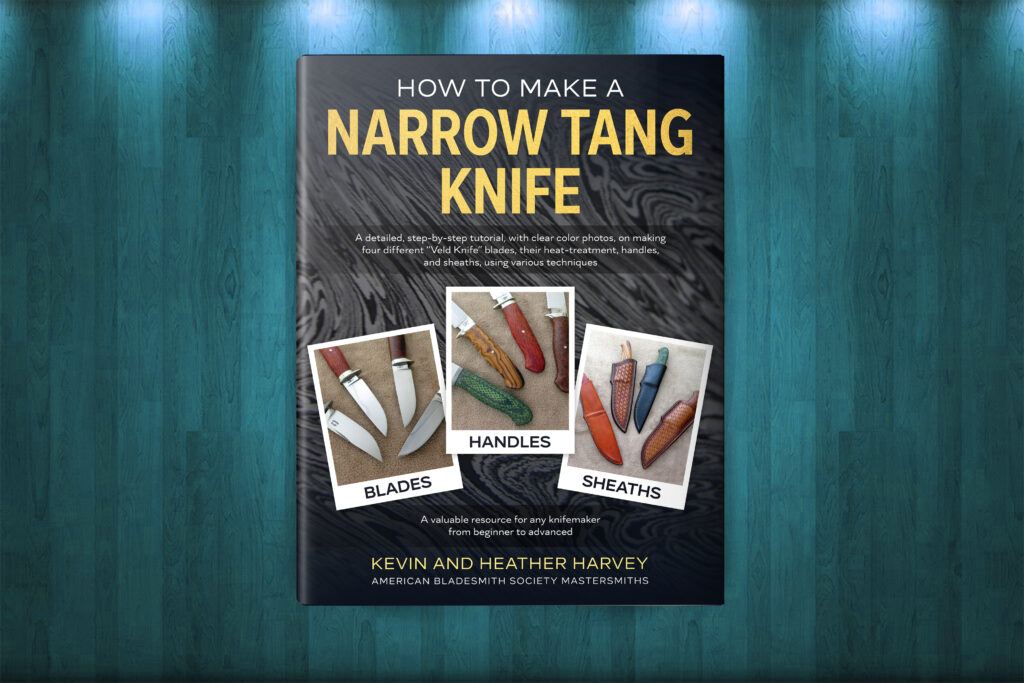
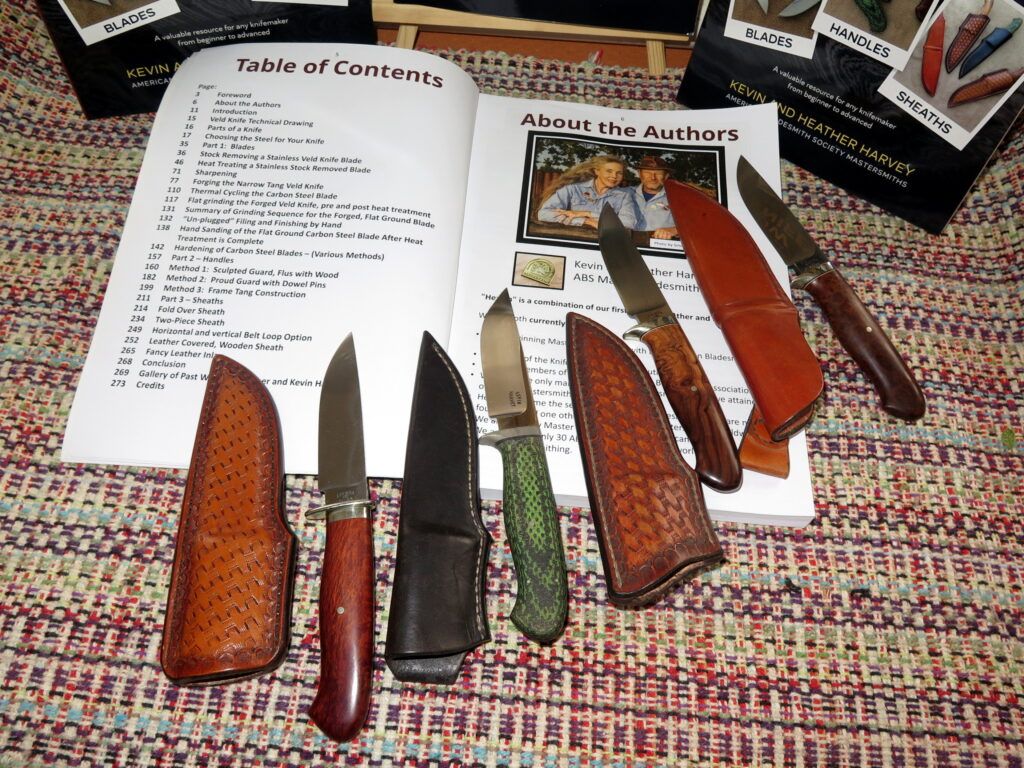
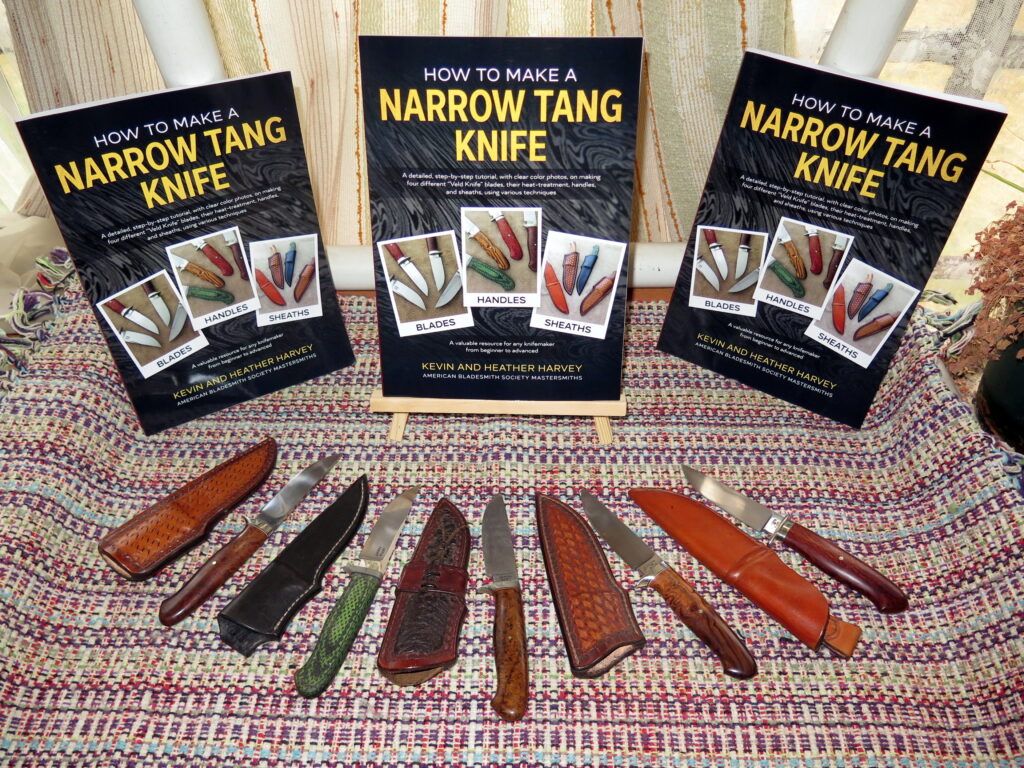
https://amzn.to/461jdbm here is the link to purchase our book, available in hardcover, softcover or eBook.
We aim to ensure your success at every step of the process. Kevin and Heather Harvey have dedicated their lives to sharing their knowledge of the forged blade. As authorized instructors in Bladesmithing with the American Bladesmith Society, we present regular classes at our Heavin Forge Bladesmithing Studio and School in South Africa. We have also taught at the Bill Moran School of Bladesmithing in the USA. Our school is one of nine ABS-recognized schools globally, with eight in the USA.
Invest in yourself by investing in books. They are the gateway to a universe of knowledge and inspiration.
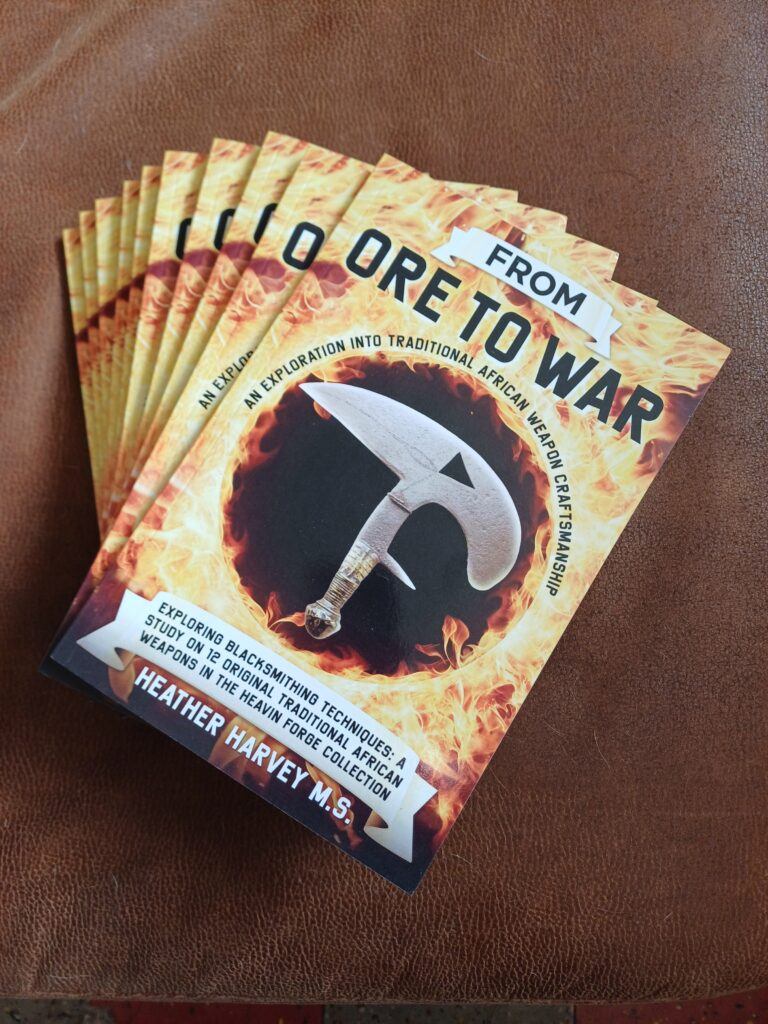
“From Ore to War” by Heather Harvey M.S. https://amzn.to/3VR6mDL
I’m thrilled to announce the launch of my latest book, “From Ore to War: An Exploration into Traditional African Weapon Craftsmanship.” This study delves into the artistry behind 12 unique traditional African weapons from the Heavin Forge Collection. For blacksmiths and bladesmiths, this book offers valuable insights into potential forging methods used to create these fascinating artifacts. Meanwhile, for collectors or enthusiasts of traditional African weaponry or ancient armaments in general, this read promises a wealth of intriguing information.
It is available as a softcover, hardcover, or an eBook.
Growing up in Southern Africa sparked my curiosity about the creation of traditional African weapons and tools. I was fascinated by their use in cultural ceremonies, their value as currency, and their role as status symbols. As the first certified female farrier, blacksmith, and bladesmith in South Africa, I had the foundation to explore these ancient techniques by recreating them in my own forge – often using my own damascus steel.
Fortuitously, I managed to acquire an extensive catalogued collection of traditional African weapons from a museum that was closing down. Despite scouring every available resource on the subject matter, written information about African weaponry remained scarce. So naturally, I took it upon myself to learn by forging these pieces firsthand.
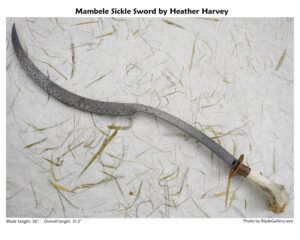
This hands-on experience gave me immense respect for ancient African smiths who crafted such intricate pieces with what might be considered ‘primitive’ tools today. These artisans were not only capable of creating iron but also hardenable steel – crafting tools and weapons that defy their rudimentary means. Interestingly enough, 90% of these weapons bore decorations far exceeding functional necessity.
What humbles me most is how this craft has been passed down from generation to generation without any ego-driven branding or written language, preserving the art form within most cultures. If I can awaken just one modern mind to appreciate the rich heritage embodied in these items, then I believe I have fulfilled my mission.
Other Books that We Recommend
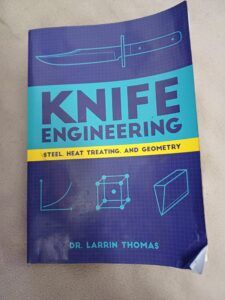
Dr. Larrin Thomas has brought the knife steel heat treatment story to life! https://amzn.to/3WfmAZ2 is the link to this gripping bedtime read. We suggest that every bladesmith should read and understand this book.
How to Make the Highest Performing Knives
This book is an essential resource for knife enthusiasts, knifemakers, and bladesmiths. Rather than a step-by-step guide to knifemaking, it delves deeply into the effects of different steels, metallurgy, heat treatments, and edge geometries on knife performance. Inside, you will find:
- Ratings for toughness, edge retention, and corrosion resistance of popular knife steels.
- Micrographs of over 50 steels.
- Specific recommended heat treatments for each steel.
- Answers to critical questions such as:
- Does a thinner or thicker edge last longer?
- What heat treatment leads to the best performance?
- Are there performance benefits to forging blades?
- Should I use stainless or carbon steel?
All questions are answered by a metallurgist with a lifelong connection to the knife industry. Additionally, due to feedback from global readers, the book now includes Celsius conversions throughout.
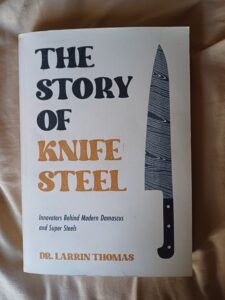
Need more bladesmith bedtime reading? Well, Dr. Larrin Thomas has just brought out another book to knock your socks off! https://amzn.to/4cONAUC is all you need to click.
Discover the evolution of today’s high-performance knives in this groundbreaking book. Dive into the dramatic personalities of knifemakers, the innovative development of modern steels, and the formation of the knife industry. With firsthand accounts from knifemakers and metallurgists, explore:
- Forge welding and Damascus patterning techniques from the 1970s to today
- The emergence of new knife steels like 440C, 154CM, S30V, and MagnaCut
- The rise of custom knifemaking as a major market
- The origins of the “forged vs. stock removal” debate
- The transformation of factory knives from simple tools to cutting-edge designs
In Conclusion
As explained earlier, you can never have enough books and even if you only learn one new thing from one book, it will have saved you hours of trial and error.
With bladesmithing being so closely related to blacksmithing, we would recommend that you buy and study books on both subjects (and put them into practise!) Here is a link to some fine reading material https://amzn.to/3Wc50Vx
We were a bit concerned when the title of an email we received from a budding bladesmith who had purchased a copy of our book read “Complaint about your Book.” It turned out that it was “tongue in cheek.” He had been following our book so carefully in his smithy that a few sparks landed on it. His complaint was that the book should be made out of flame-retardant material! If that is the only complaint we get, we will be happy, but please keep your book away from sparks!
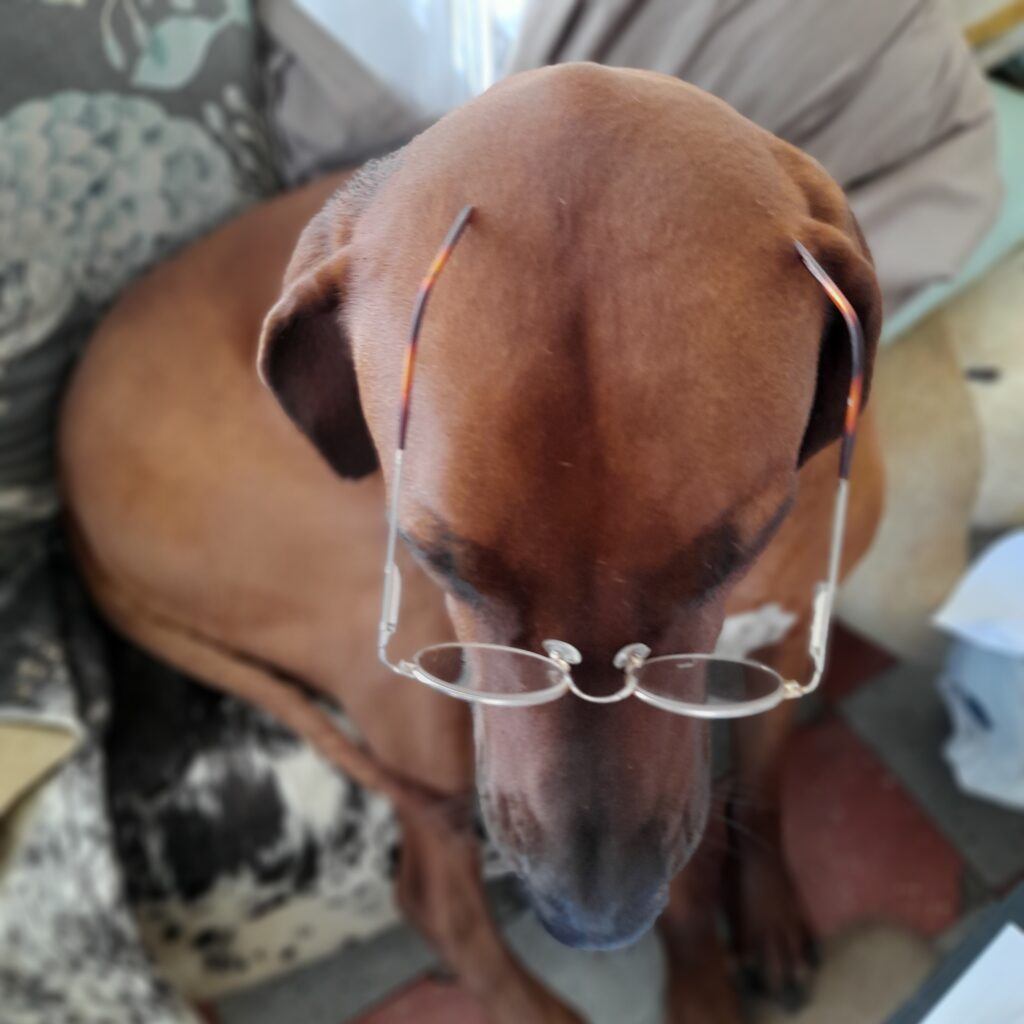
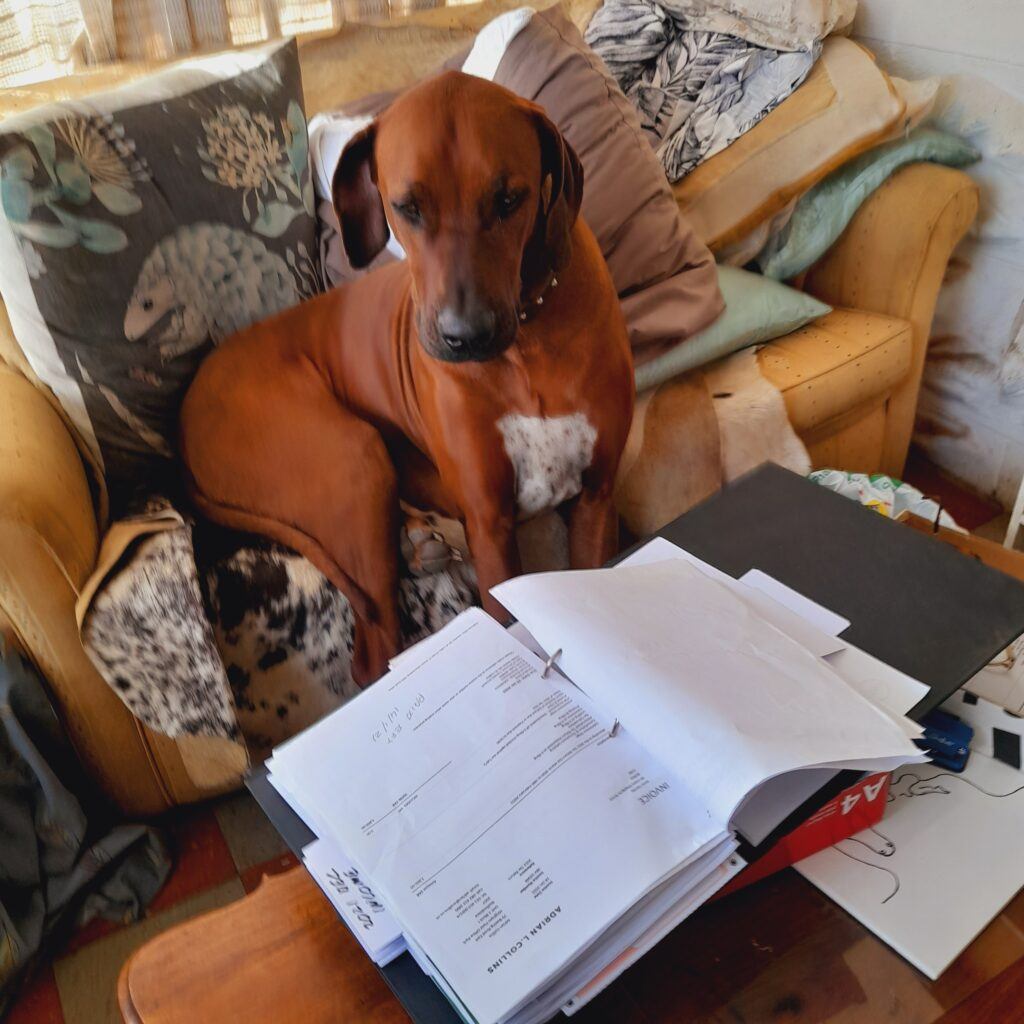


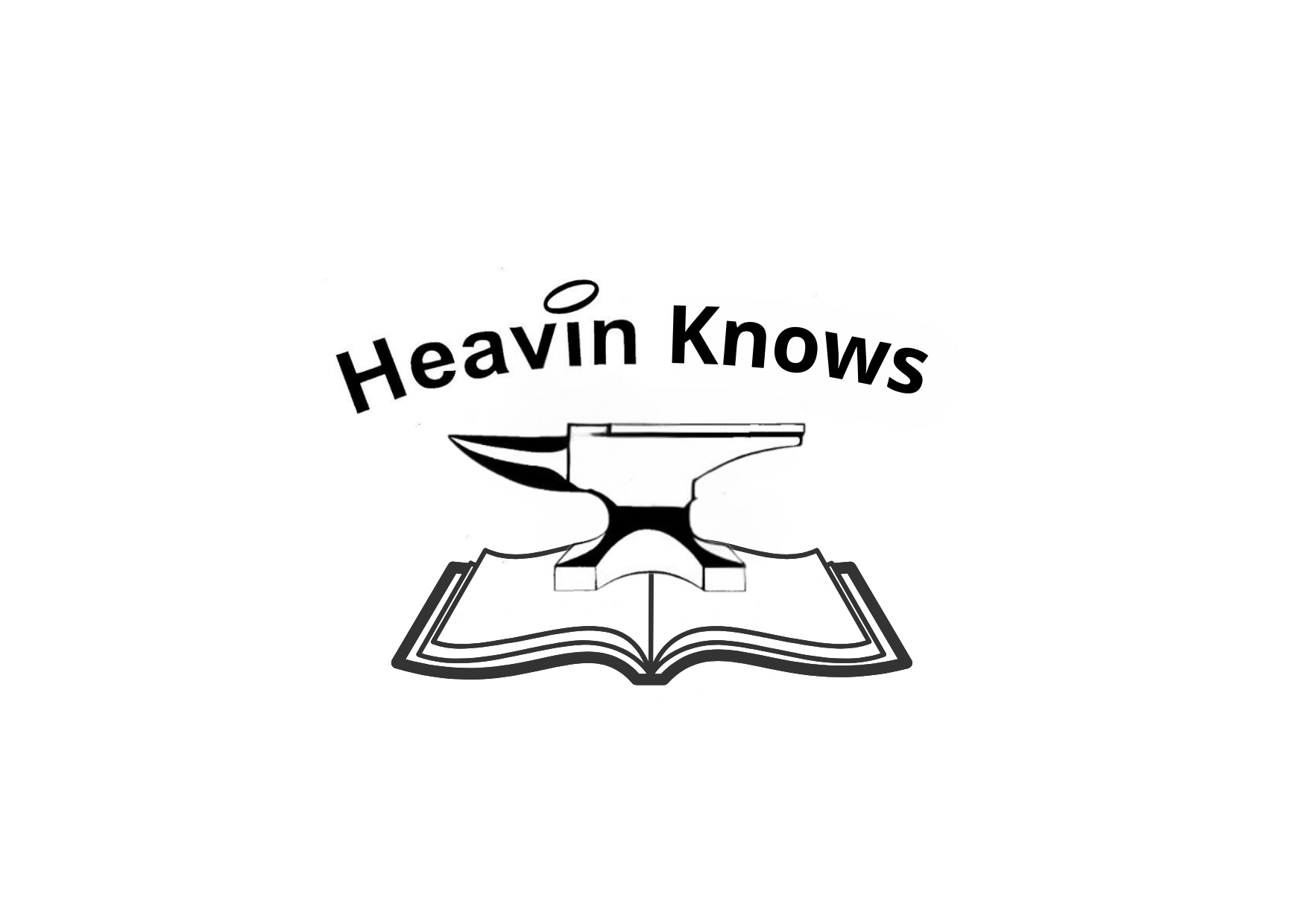
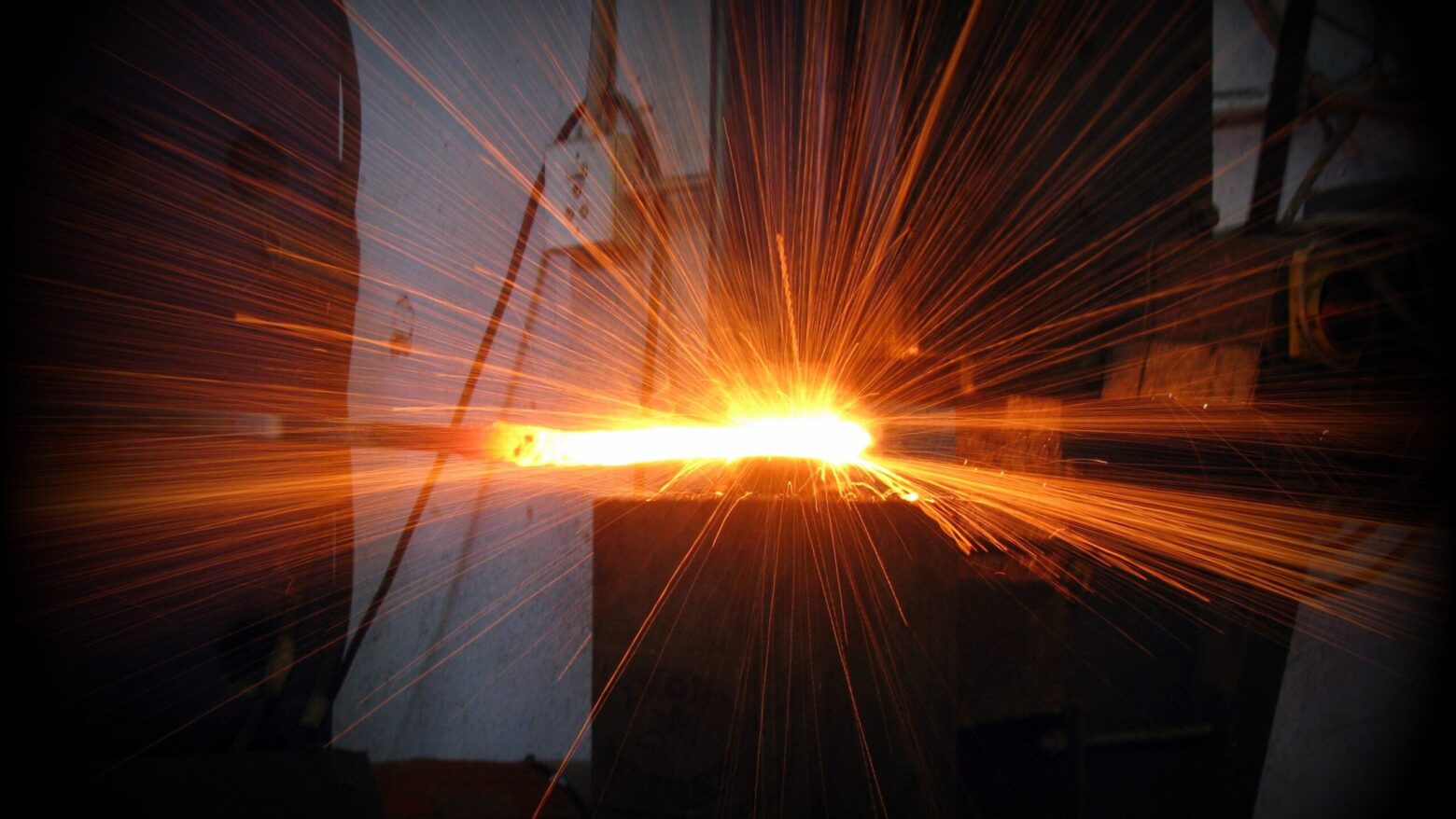
Leave a Reply